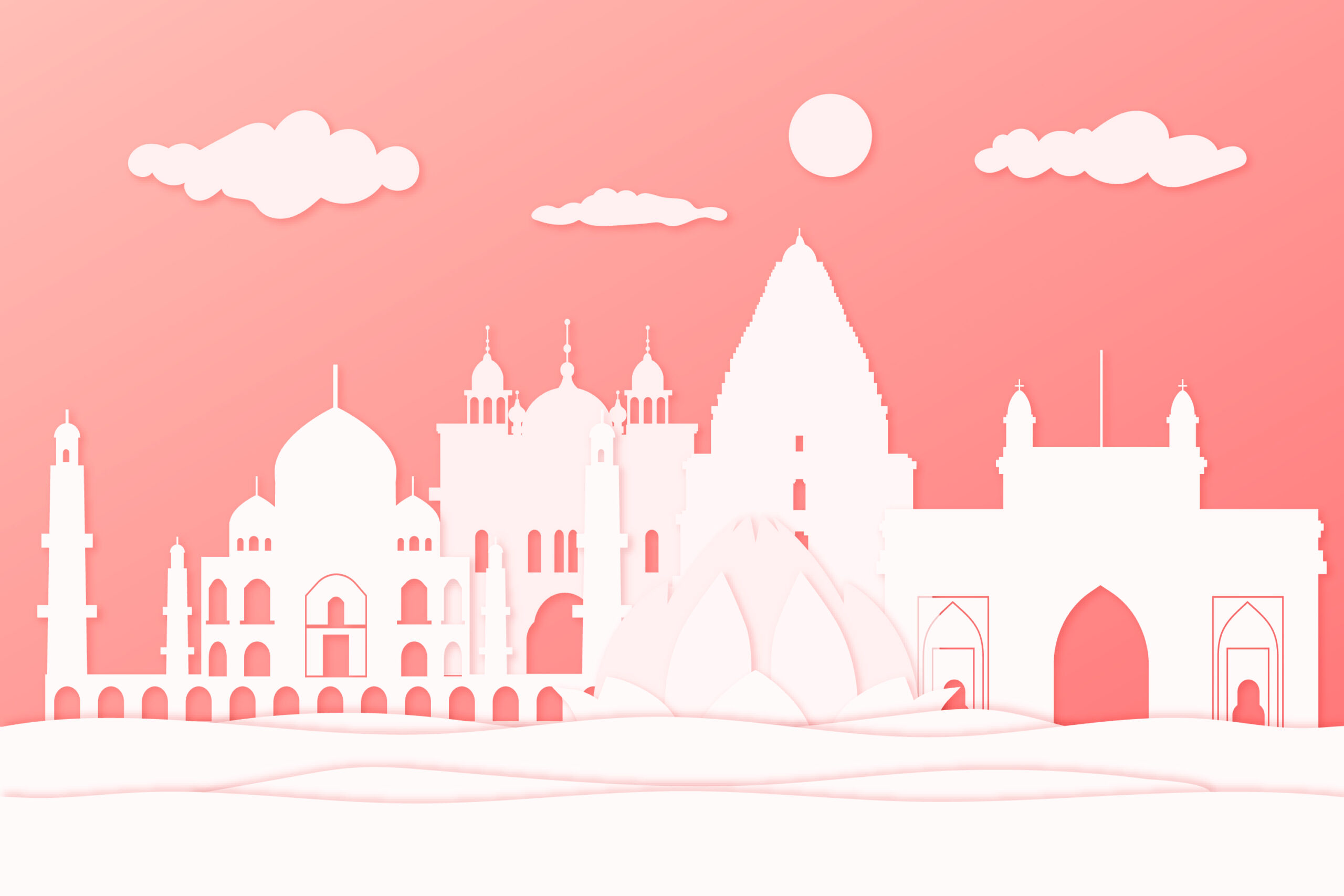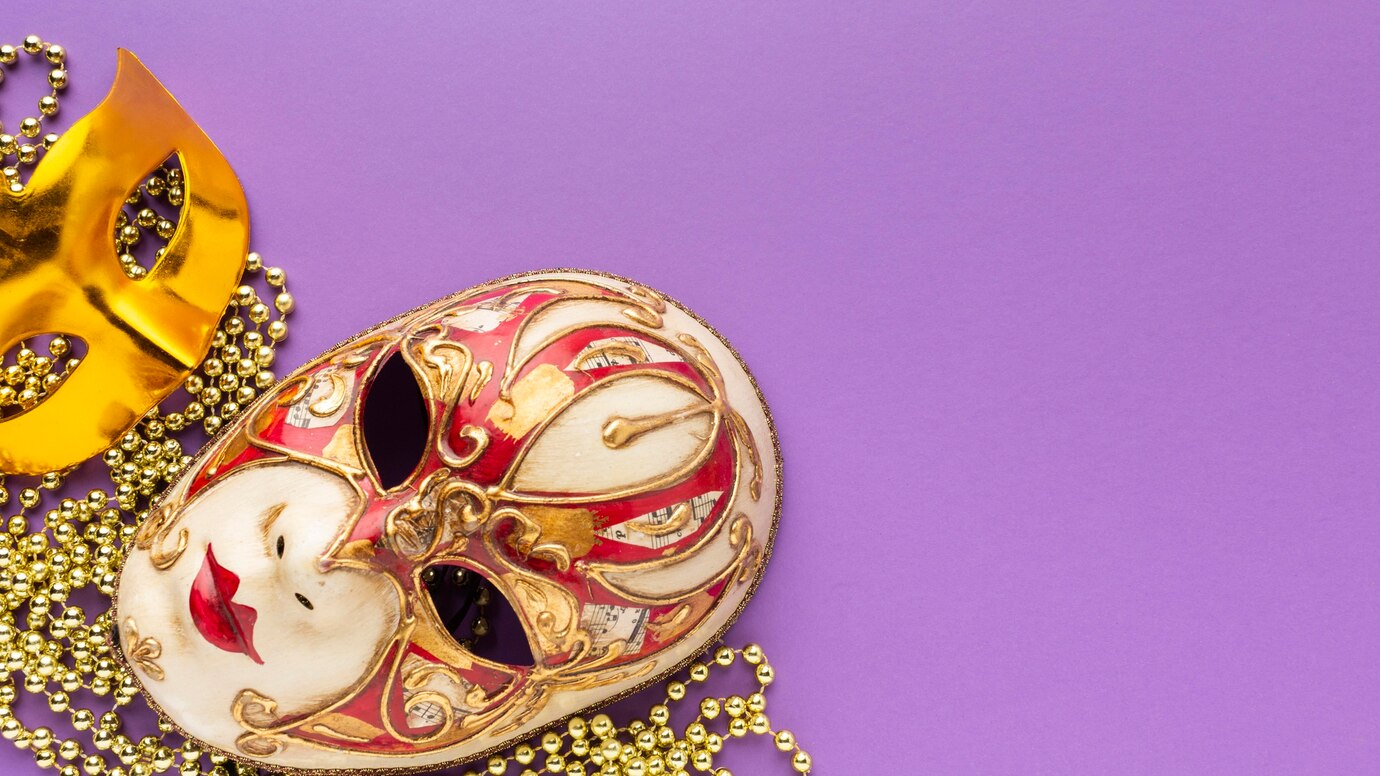Present these “Perfect Digital Gifts” For Your Bibliophilic Sweetheart!
Does your fiancee have a passion for books? If you want to make her happy and encourage her to read more, get her the most unique digital gifts ever. Technological advancements have paved the way for different expressions of love and care. Besides traditional gifts, digital gifting ideas are better when choosing a unique and personalized way to express affection. Digital presents are an ideal way to express yourself creatively or maintain long-distance relationships. She will be pleasantly surprised by these digital gift suggestions. E-Reader E-book readers are the best gift options for your better half who loves to read. E-book readers provide a comfortable and satisfactory reading experience by allowing access to a wide variety of content. Select an e-reader with proper battery life, adjustable lighting, etc., for a better experience. Some examples of popular e-readers are the Kobo Karla, the Amazon Kindle Paperwhite, and others. Audiobook Subscription You can gift an audiobook subscription to your partner and let her enjoy exclusive audio stories and podcasts. Listening to the contents written in the books would be a different experience. It can give you pleasure, taking you to a new world of imagination through creatively narrated stories told by professional storytellers. Some excellent choices in this category include Audible, Spotify, Google Play Books, Audio Books, and others. E-Book Vouchers Many online retailers provide a variety of e-book gift cards. Purchase the gift card and give it to your partner. These gift cards allow users to choose and download e-books from a wide variety of genres, including classics, fiction, bestsellers, and new releases. Digital audiobook gift cards are also available to buy in legitimate marketplaces. Subscription Of A Virtual Reading Group There are several online platforms where readers can get together as a community and discuss what they’ve read. Get your loved one a subscription to a popular digital book club. She can enjoy lively debates about the latest books and make new friends who share the same interests. These sites allow users to talk about what they read and provide them with reviews and recommendations about new books. Personalized Reading List Use digital platforms to create a customized book list for your beloved. You can see the book names and make recommendations based on the user’s preferences. Another excellent option for last-minute shoppers is a digital book token, which allows users to browse and add books to their library based on their interests. Reading Trackers Reading trackers are among the best gifts for your partner who loves reading. Offer a reading tracker application subscription to help her track her reading habits. Such applications give suggestions of the best books according to the reader’s choice. They help develop reading as a regular habit.









